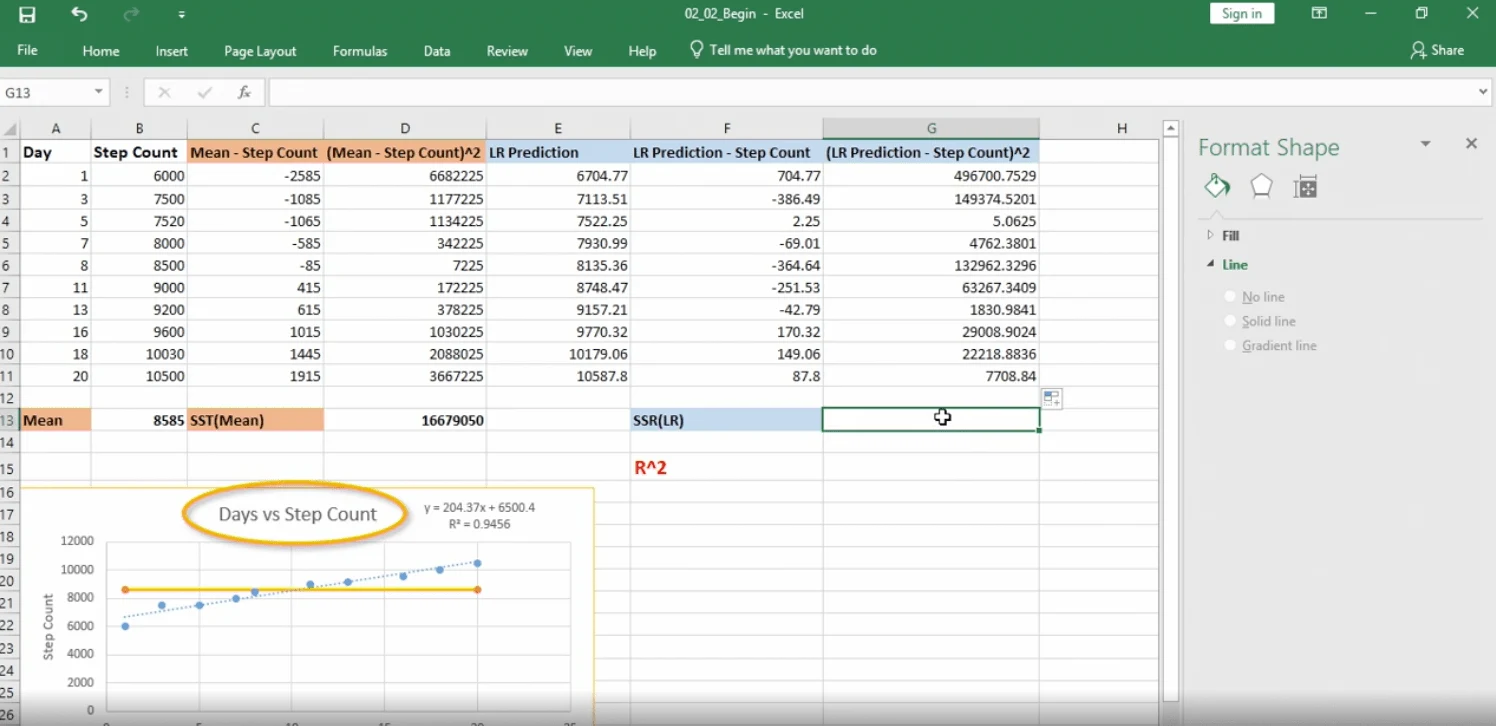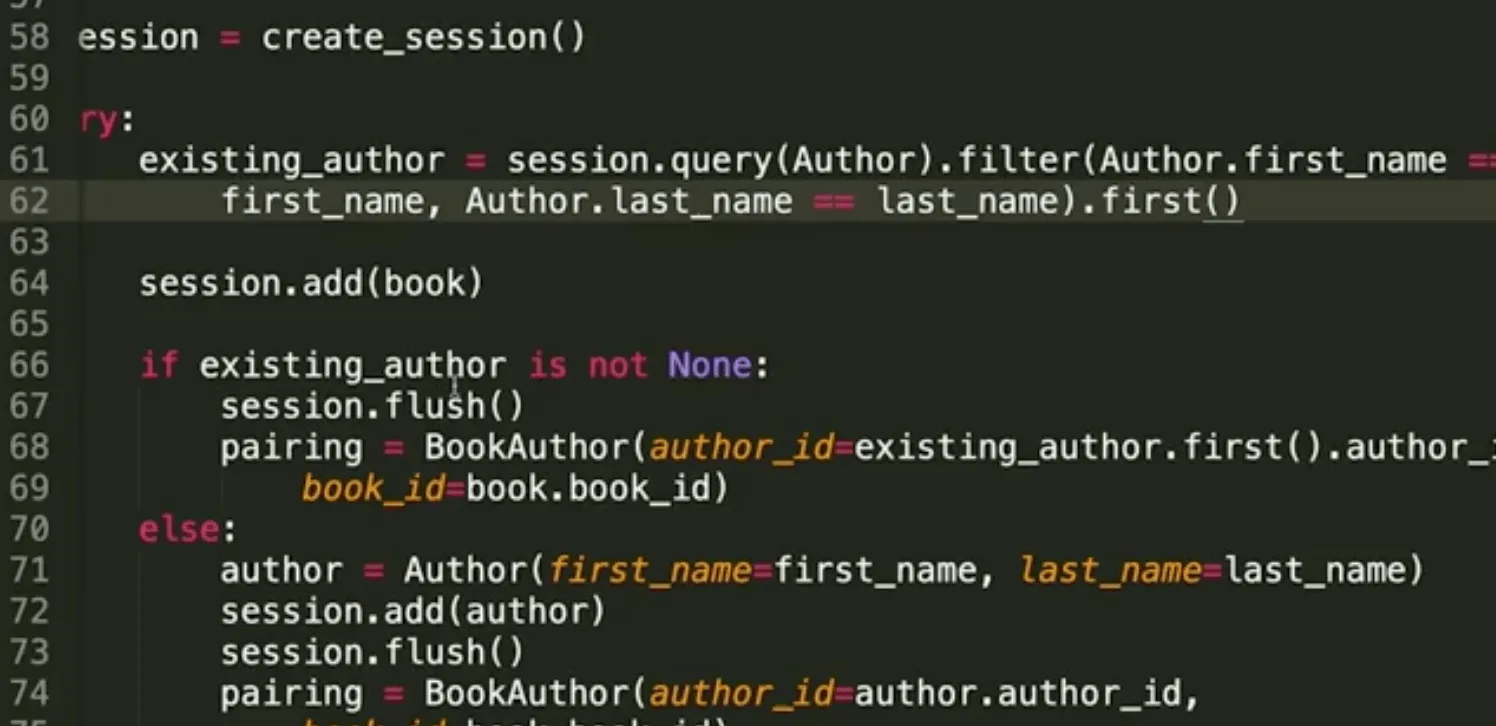- Best EdX Criminology Courses Guide - August 16, 2022
- Best EdX Design Courses That Could Help Jumpstart Your Career - August 16, 2022
- EdX vs Pluralsight - August 16, 2022
Even with affordable online courses, everyone wants to know they’re spending their time well– either to explore a new topic or, most of the time, to learn an in-demand skill. And for platforms like LinkedIn Learning, Python courses are shaping out to be just that.
The benefits of learning Python were underscored in a recent interview with Jeff Wilke, a former Amazon executive and lieutenant for Jeff Bezos. After retiring from his role this past March, he hasn’t been relaxing– but taking the time to learn new skills– and his main focus has been learning Python.
Revealing that his first move was to learn Python for himself, he explained that learning this computer coding language has allowed him to ‘stay connected with computer engineering professionals, implying the importance of modern computer coding languages.
But you don’t have to be a former executive at Amazon to benefit from learning Python. In this article, I’ll explain what you should know about learning Python, why it’s so useful, and guide you to the best Linked In Learning courses related to Python, no matter your level of experience.
What is Python Used For?

Python is a form of a coding language, alongside other coding languages, such as Java, HTML, and CSS. Python is often referred to as a modern programming language, distinguished by the way it’s both developed and written.
While computer code generally is quite hard to read if you’ve never taken programming courses before, Python is at least recognizable: unlike other computer languages, Python can utilize keywords in plain English, make for what, on the surface level, appears to be a ‘simpler’ and ‘cleaner’ language.
The other reason why Python stands out is its sheer versatility: Python is useful not only for web development but also for several other applications as well.
Data Science
If you’ve taken some data science courses, you’re probably already well aware of how often Python comes up. Useful for everything from working with large datasets to analyzing and graphing, Python is often a preferred language for data scientists.
Web Development
Python is the most widely used programming language in web development now, and it’s easy to see why: with every day, more readable language, web developers can more efficiently code. There now are also well-established frameworks for Python, including Flask, Django, and Web2Py, among others.
Machine Learning
Python is used for machine learning courses and applications. Machine learning, a specialized branch of Data Science, involves studying, working with, and creating algorithms. Python is a helpful language, not only for these purposes but working with different digital libraries.
Financial Industries
Financial technology industries use Python above all other computer programming languages, while it ranks third, below C++ and Java amongst Financial industries. Regardless, it’s been cited as the emerging programming language for nearly all financial sectors.
Other Uses
Notably, social media platforms use Python quite a bit–from Instagram and Spotify to even delivery services like Uber. Python is used more often than you’re likely aware, and that influence is only likely to grow in years to come.
All of this, of course, adds us to Python being well worth learning in 2021 and beyond.
What Jobs Use Python?

Jobs that use python include web developers and programmers; data scientists; machine learning engineers; software and full-stack developers; quality assurance engineers, general developers, and researchers. Python is likewise helpful for creating your own apps or creating your own business.
Plus, Python is handy to know even for digital marketing– while as a marketer you won’t work with it directly, you will be working closely with web developers to create and maintain branding on digital platforms.
Is Python enough to get a job?
It is, however, important to stress that, while certainly a versatile and in-demand skill, learning Python alone is not always enough to land a job. Python is an essential skill, but one that should be seen as a complement with other skills.
What other skills you need depends, of course, on what disciplines you’re interested in. You should study the career path and see what courses may be helpful to you. For some, such as Machine Learning, you’ll need to start with taking Python as a prerequisite in many cases.
In addition to other course work, experience, as well as the ability to problem solve and think of innovative solutions are highly valued skill sets. So, no matter where you learn Python, see the courses as helpful to your career goals, but not a one-way ticket to landing a job.
What is a Python Course Like on LinkedIn Learning?
Python courses range from entry-level to advanced on LinkedIn Learning and rank as quite popular. In fact, according to a 2020 report, two Python courses are among the top 20 most popular courses on this learning platform.
Learning Experience
Python courses, like all LinkedIn Learning courses, are delivered primarily through pre-recorded video lectures, something with supplementary resources, such as quizzes or tests and the occasional project. All courses are self-paced, meaning you can learn on your own time, navigate back and forth between lessons, and learn the way that best suits your learning needs.
Though not as interactive as some competing platforms, it’s among the most affordable, at $19.99 a month for access to all courses with an annual subscription, or $29.99 a month for those with a monthly subscription– plus the courses are well rated and led by professionals in the field.
What you’ll learn
Python courses teach you how to program and code, of course, using Python. But beyond the basics, you’ll learn different programming patterns, automation, and applications with other fields.
Best Python Courses: My Picks
For the best Python courses on LinkedIn Learning, I selected courses for all skill and experience levels, from beginner to advanced, so that, whether you’re learning Python for the first time or looking to take your skills up a notch, there’s always something for you. These courses are well organized and designed and worth your time.
Beginner Python Courses
Start here if you’ve never taken Python before. These courses are meant to establish the foundations for this programming language, provide a sense of how algorithms work, and boost your confidence for future coursework. If you’re short on time and learn quickly– or have learned Python in the past and are looking for a refresher, there’s also a great Python Quick Start option.
Learning Python

Led by Google Senior Developer Joe Marini, this online introductory course is among the most popular on LinkedIn Learning and helps you get started– from installing Python to choosing an editor and beginning to work with variables, writing loops, reading and writing files, and retrieving internet data. The course concludes with learning how to both parse and process HTML and is a nice balance between too little or too much information for beginners.
Programming Foundations: Fundamentals

Fundamentals are still beginner-friendly, but with a different focus. While the focus is on Python, you’ll start by learning how programming languages are constructed to gain some insight. From variables to conditional code, working with data sets, and encountering common problems, you’ll learn how different programming languages compare, common issues, and more. This is a course I recommend for anyone who’s not yet sure what programming languages they want to learn– and for anyone interested in how Python fits into the world of programming. Enroll Here.
Python Essential Training

Bill Weiman, an entrepreneur and programmer expert, leads this introductory course for anyone wanting to tackle some of the most important required skills for Python. Starting with an introduction to the language itself, you’ll move on to working with objects, generators, values, loops, and functions. From Python anatomy to functions and data sets, you’ll learn how to create modules, write a script, tweak input and output functions– and even get a look at real-world programming applications.
Python Quick Start

If you’re short on time, learn quickly, and want to learn the essentials for Python, this course– which covers around one and a half hours of content– may be a great option for. Python Quick Start on LinkedIn Learning, however, also manages to sneak in chapter quizzes and a complementary project. Topics covered include data types, functions, conditional statements, variables, interactions, and recursion. Think of it as spark notes a guide to getting started with Python. Enroll Here.
Intermediate Python Courses
Intermediate Python courses are great options if you have a working knowledge of Python but want to start applying it in practical situations. These intermediate courses range from working with design patterns to using Python with Excel and testing and automating Python. I’ve also included a course that pairs perfectly with data science courses.
Python: Design Patterns

Taught by an instructor at Penn State, this LinkedIn Learning intermediate course focuses on software design patterns specific to the Python programming language. You’ll learn to work with behavioral, creational, and structural patterns– along with designing for consistency and accuracy. It’s a targeted course that helps gain more insight as to how Python is designed. Enroll Here.
Using Python with Excel

A robust but short course, you’ll learn how to apply, and work with, Python using Excel. Thus skill is not to be underestimated; in fact, being able to work with Python in Excel allows you to work with datasets more efficiently, makes data analysis more intuitive, and allows you to seamlessly filter and convert data. The course also unpacks features such as building reports for businesses and more. Enroll Here.
Python for Data Science- Tips, Tricks & Techniques

Complete with a project and three chapter quizzes to check for comprehension, Python for Data Science provides tips and techniques for how to effectively apply and use this programming language for Data Science– mostly with a focus on data management.
Topics covered include visualizing and extracting data, managing data, organizing data, and using DataFrames. It’s not a full Data Science course, but rather, a helpful bridge course.
Python Automation and Testing

This course manages to pack in comprehensive material in an hour and sixteen minutes, complete with four quizzes and two projects. This course is concerned with making your work with Python as efficient as possible, offering strategies and best practices to test and automate Python code. With its emphasis on Web UI, this course would also complement web development courses. I also appreciate that there are practical applications for what you learn, and how the content covers challenges you may face. Enroll Here.
Advanced Python Courses
Advanced courses are meant to be taken after you’ve mastered the basics. You should be comfortable with working with data sets, variables, loops, and understanding the ins and outs of writing in Python. Advanced courses on LinkedIn Learning touch on practical applications in Python, such as predictive analytics, SQL Machine Learning, and parallel programming.
Python: Working with Predictive Analytics

Two project files, three-chapter quizzes, and well-structured learning are highlights of the predictive analytics course. Led by Data Scientist Isil Berkun, you’ll work with missing values, scaling, and prebuilt Python libraries. By the end of the course, you should be able to both make and analyze predictive models, apply them to real-world situations, and make strategic decisions for what predictive model you choose. Enroll Here.
Advanced Python: Working with Databases

This advanced course is one of the most comprehensive, providing just under five hours of content, along with a project, six-chapter quizzes, and some powerful connections to courses for full stack developers and data scientists. You’ll learn about your different options for databases that work with Python ( examples include: SQLite, PostgreSQL, and MYSQL) and how to work with, and select, the correct database for different purposes. You’ll also learn about different tools, helpful apps for data analysis, and other tips essential to using databases for Python. Enroll Here.
SQL Server Machine Learning Services: Python

If you already have knowledge and experience with both SQL and Python, this LinkedIn Learning course will help you understand how to use them together. Led by Adam Wilbert, a database expert, you’ll tackle how to use Python libraries and machine learning compliments inside SQL servers.
Streamlining analytics, creating graphs, and organizing data will all be covered. The course rounds up with converting Python code into stored procedures and includes complimentary quizzes and a project. Enroll Here.
Python Parallel and Concurrent Programming (Part 1)

In the first part of this multi-part course, you will learn the ins and out of parallel programming using Python, covering foundational information required for more efficient coding. But what really stands out about this course is that it’s not only informative but directly applied to real-world situations- you’ll even see how something like cooking can be tied to parallel programming. Unique and well-designed, this advanced Python course is innovative and enjoyable. Enroll Here.
Frequently Asked Questions
Answer: Online Python courses tend to be fairly low-cost, but it depends on who you’re learning from. Through Google, it costs about $49 per month, while LinkedIn Learning is around twenty to thirty dollars per month, and some platforms, like Dataquest, even offer some free courses. That said, some platforms are far more expensive.
Answer: Python is considered the easiest programming language to learn and is thus considered the most accessible for all skill levels. Having a good sense of organization, a little innovation, and some strength in mathematics are all pluses. With how widely Python is used, is it also a quite useful tool for programming in a variety of circumstances. You’ll also have a nice selection of courses to choose from, across many online learning platforms and other options.
Answer: When undertaking a new skill– whether that’s Python or something like taking online courses in graphic design— I recommend not setting a strict timetable on how long it’ll take to learn. That said, if you’re consistent, focused, and take some courses with great instructors, it is possible to learn the basic foundational skills for Python within a month. After that, however, you’ll likely be interested in taking further and/or related courses. Just stick to it, have a set plan, and learning Python will be easier and more enjoyable.
Final Thoughts
By learning Python, you are opening the doors to a variety of other courses, and, eventually careers. Even if you just want to develop your own applications or even start your own business.
Interested in learning Python but want to look at some LinkedIn Learning alternatives? Read my review on Dataquest vs Udacity or check out more Linkedin Learning Courses for:

